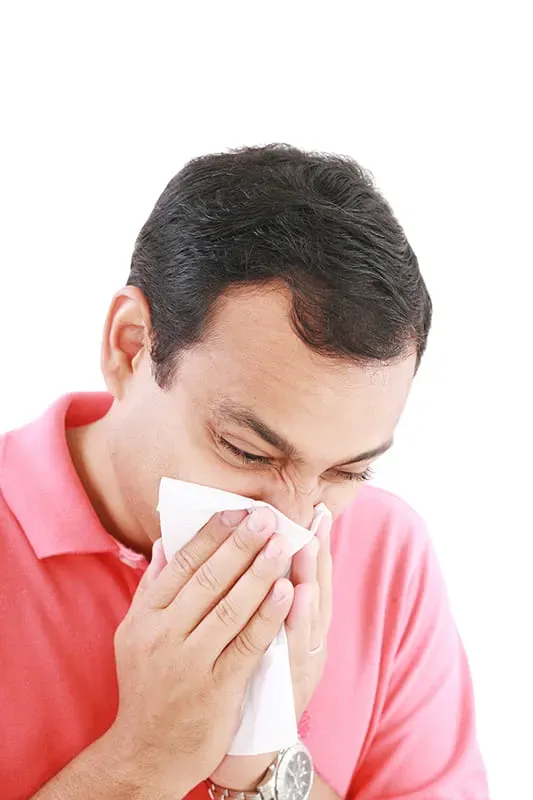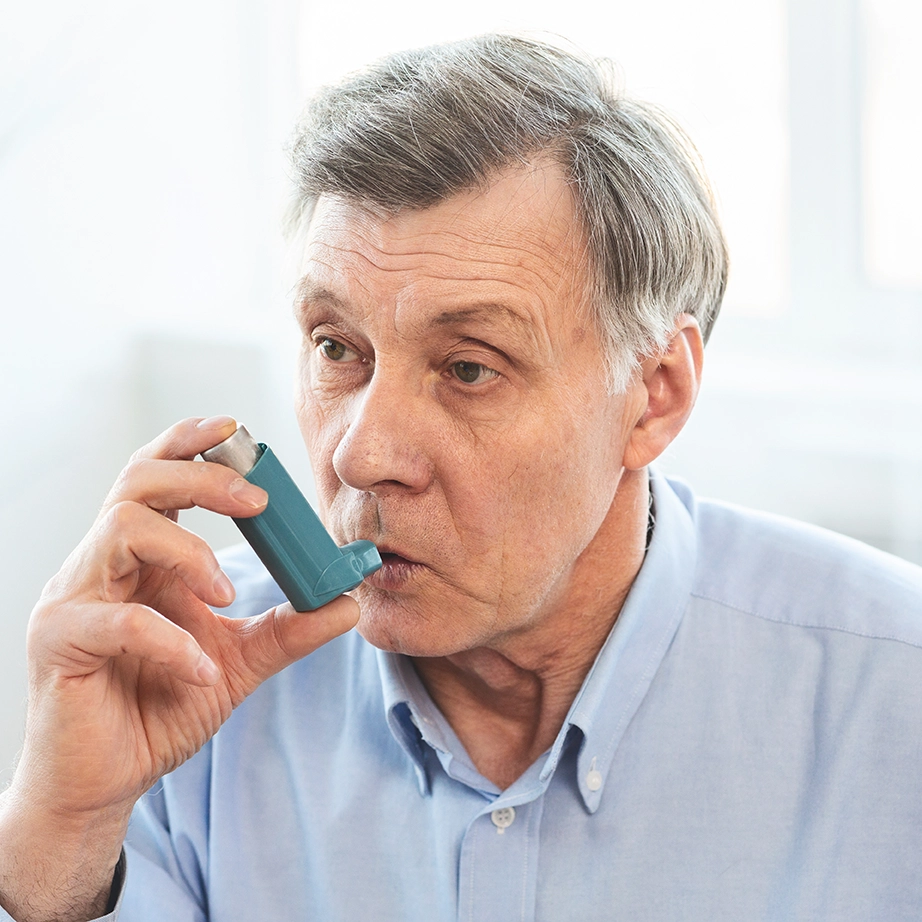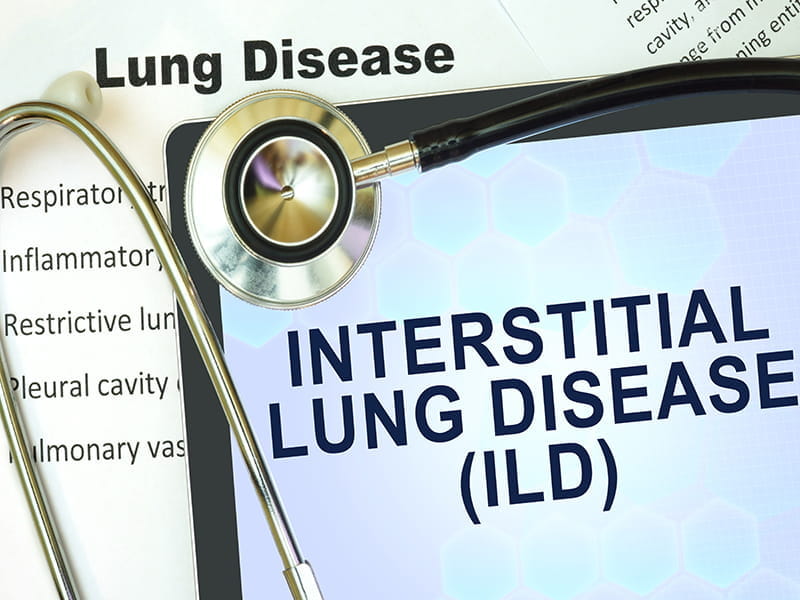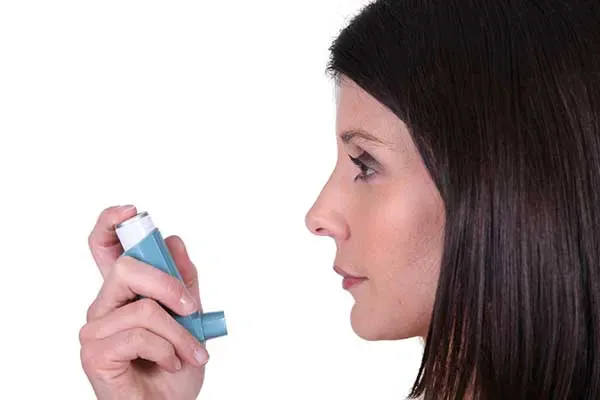How to Help Patients Optimise Their Inhaler Technique?
Introduction
Asthma and chronic obstructive pulmonary disease (COPD) are common respiratory conditions and inhaled medications are the cornerstone of their management. Good inhaler technique is essential to maximise the benefits of these medications and improve outcomes for the patient. When used correctly, inhalers deliver a smaller effective amount of the drug directly to the site of action in the lungs, with a faster onset of effect and with reduced systemic availability that minimises systemic adverse effects. Despite being the preferred method of medication delivery, evidence suggests that many patients are unable to use their inhalers effectively, with as much as 90% of patients not using their inhalers as prescribed.
Common Errors with Technique and How to Overcome Them?
|
Common Error |
Explanation and Suggested Solution |
|
Not shaking the canister properly may lead to inconsistent dosing and poor functioning inhalers. Shake all inhalers; most dry powder inhalers (DPI) do not need shaking before use. |
|
Aerosol inhalers require priming before using for the first time, or if they have not been used for a while (usually five to seven days). |
|
Breathing out fully (or as much as is comfortable) helps remove the air from the lungs and increases the available space for air from the next breath. The result is a deeper than normal inhalation, maximising the opportunity to carry the drug to the site of action. |
|
Patients should be instructed not to hold a DPI with the mouthpiece pointing downwards during, or after loading, a dose, as the drug can escape. It should be kept horizontal or upright.
The patient should keep their chin up or head slightly tilted back when using the inhaler. It should be placed correctly in the mouth and the lips should form a tight seal over the mouthpiece. |
|
To deliver the medication to the lungs from a pMDI, the patient must coordinate breathing in with pressing the canister. |
|
The medication stays suspended in the spacer for a short time only, so if patients fail to take each dose without delay immediately after loading the spacer, a proportion of the dose is deposited on to the inner surface of the spacer and is therefore lost. |
|
The ‘breath hold’ increases lung deposition through the process of sedimentation. By keeping the air still for a few seconds, a greater number of particles will sediment on to the receptor sites because of gravity. |
|
If several puffs are taken in rapid succession without pause, the inhaler may deliver the medicine erratically. The general recommendation is to wait for one minute between multiple actuations. |
|
The inhalers should be stored in a cool dry place with the cap on and the mouthpiece should be wiped clean with a clean dry cloth every week. Spacers should be reviewed every 6–12 months to check that the structure is intact (e.g. no cracks), the outer casing is clean, and the valve is functioning. |
Role of Healthcare Professionals in Optimizing Patient’s Inhaler Technique
Training of patients by healthcare professionals has been shown to be an effective means of improving technique. Also, as inhaler technique has been found to deteriorate over time (possibly after as little as two to three months), instruction needs to be repeated at regular intervals. It is a good idea for healthcare professionals to learn how to correctly use each inhaler device and to be aware of common errors, so they can confidently demonstrate to patients.
Steps for healthcare professionals to engage with patients to optimize inhaler technique:
- Introduce yourself to the patient
- Discuss the inhaler with the patient, explaining what medicine it contains and how it should help their lung condition
- Describe the steps of using the inhaler device
- Once you have described the steps, demonstrate correct technique using inhaler yourself.
- Then ask the patient to show you how they would use the inhaler. Check they are doing it correctly and, if needed, explain how they can improve their technique.
- Ensure that the patient knows how to keep their inhaler clean and in good working order.
- Make sure that your patient knows how to recognise that their inhaler is empty or nearly empty
- Ask the patient if they have any questions or concerns
- Repeat instruction regularly. Inhaler technique must be re-checked and education must be regularly reinforced in order to maintain optimal drug delivery.
References
- Clinical Pharmacist 2010;2:203.
- Chest 2016;128(5):3198–3204
- Respir Med 2011;105:1815–1822.
- Thorax 2010;65:A117
- The Pharmaceutical Journal, July 2016, Vol 297, No 7891










